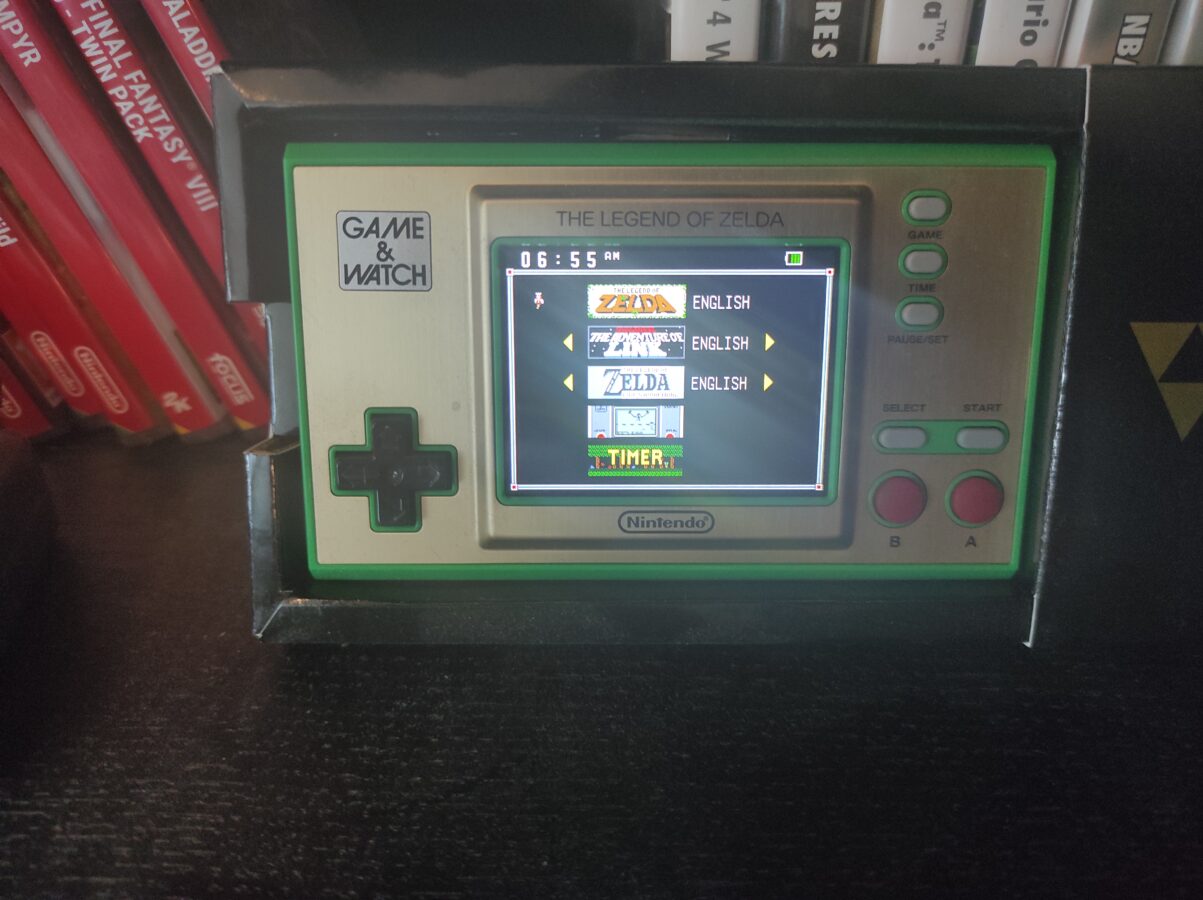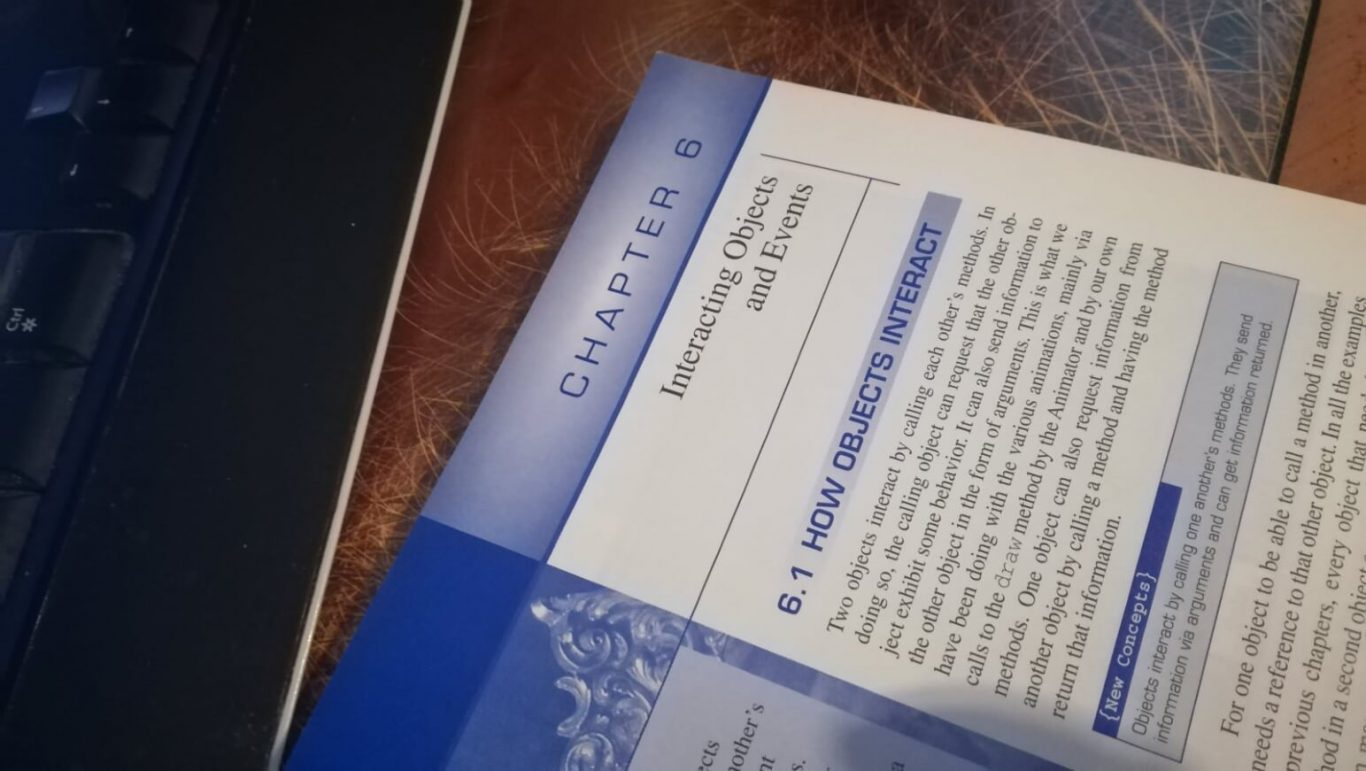I watched a video on YouTube about how Nintendo got the idea of producing original Game & Watch devices. I will link the video to the bottom of this blog post. That video inspired me to write this post.
You might not know what Nintendo Game & Watch device is. It reminds a calculator a bit. The idea was born when Gunpei Yokoi, the designer of Game & Watch, and later Game Boy, saw a man traveling in train. The man had a pocket calculator. He was looking very bored and seemed to tap randomly some numbers in his calculator.
Yokoi visioned that Game & Watch would be somewhat a tool to avoid boredom during for example long train trips. Nintendo needed some help to come up with a product like this. So, the design would rely strongly to the technology of pocket calculators. The device had a LCD screen. It was powered with batteries and it featured a D-Pad and some other buttons to control the game.
This was all accomplished in a world that wasn’t yet conquered by Nintendo Entertainment System. We had maybe some Atari 2600’s or something like that in our living rooms but the world and also Nintendo were very different from what it became in the 1980s later.
Game & Watch became very popular. There were several products released by Nintendo between years 1980 to 1991. Of course there was recently two Game & Watch consoles released. I got myself a Zelda one. The other Game & Watch had Super Mario games on it.
I can tell you a bit about my Zelda Game & Watch console. I think it cost about 70 euros. It came with Zelda games that were originally released for NES and Game Boy. It can be charged with a USB-C-cable and it has a good battery. You can see how the game can be controlled from the picture above this blog post.



